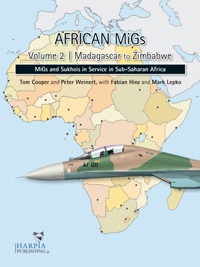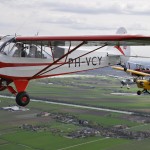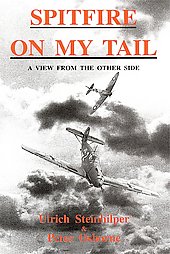Onze verontschuldigingen, dit bericht is alleen beschikbaar in Amerikaans Engels.
(English) 315 th Review FIAT (S.I.A.) R.2 (Pioneros de la Aviacion Boliviana 1920 – 1924)- Roberto Carlos Subauste Perez
FIAT (S.I.A.) R.2 (Pioneros de la Aviacion Boliviana 1920 - 1924)
Spanish
ISBN 978-9917-0-3372-1
Review written by: Joris Gonggrijp
(English) Mr. Subauste Perez did in depth research on the roots of Bolivian aviation. Virtually every aspect is covered by this series of books of which the story of the FIAT (S.I.A) R.2 is the third. This book covers the origin of these aircraft, their history in a general context, the Bolivian connection, a thorough technical description of their airframes and engines, and as a background the socio-political situation of contemporary Bolivia. It also puts Bolivia in the general history of the surrounding South American countries.









Geef een antwoord